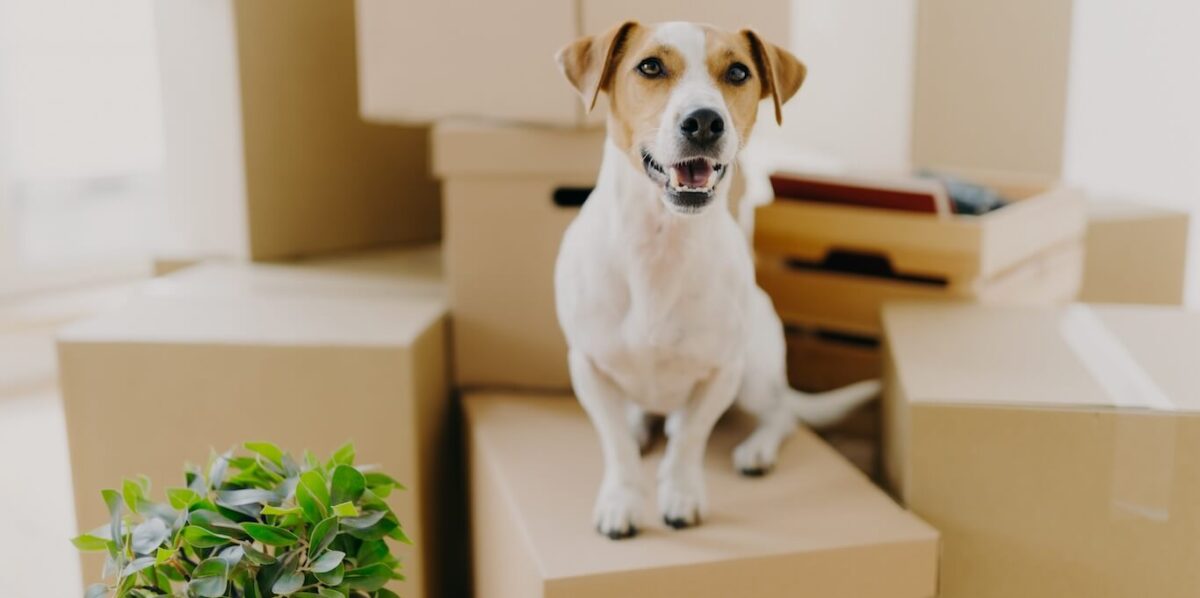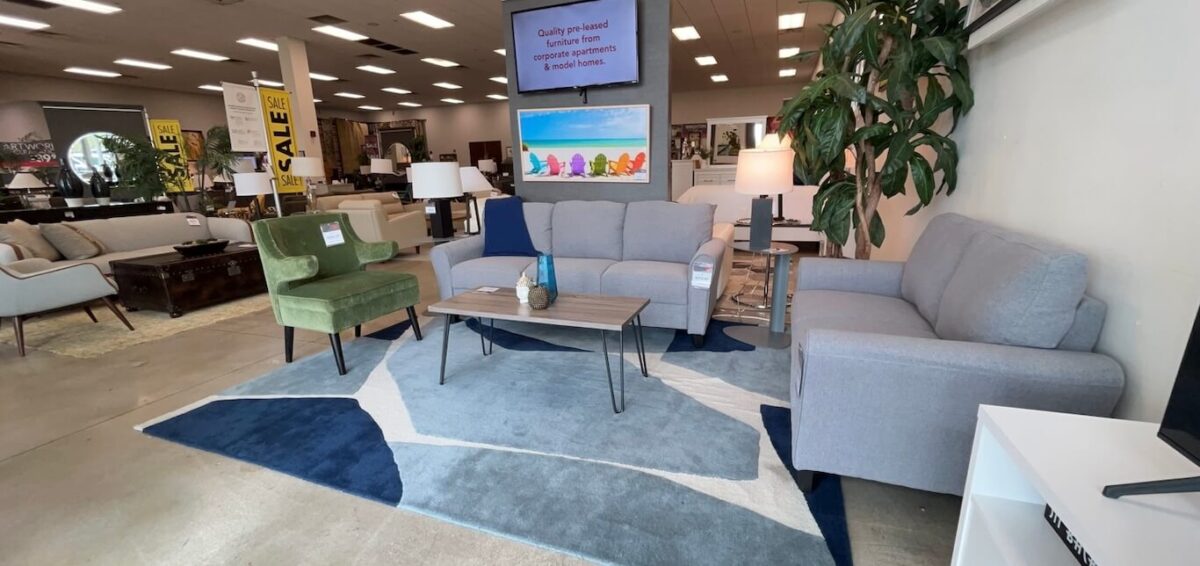When you’re thinking about how to make money on your vacation rental, understanding vacation property tax rules may not immediately come to mind. But, it should. Improving the return on investment of your home away from home means you need to be aware of certain legalities, but that doesn’t mean getting bogged down in them. Consider these tips for getting better ROI and maximizing convenience too.
Understand U.S. Property Tax Rules
The IRS views your vacation home differently if you never use it yourself or if you consider it a personal residence. How much time you decide to spend at your second home determines how much tax you potentially owe on any rent you collect.
You’re likely fall into one of these scenarios: You rent the property most of the year; you rent the property some of the time; or you live in the property and rent it for short periods when you aren’t there. It may seem complicated, but if you put a plan in place, you can up your profits come tax time.
Make It a Full-time Rental
If you’ve stopped spending much time at your cabin, cottage, or casita, then consider transitioning it to a full-time rental. To take optimal tax advantage, you’ll need to limit your personal use of your second home to 14 days or fewer — or 10 percent of the time it’s rented. When you go this route, that beach house or bungalow has officially become an investment. You pay tax on the rent you receive, but you can also deduct many of your expenses, from advertising to insurance to utilities. Savvy owners quickly learn which deductions qualify.
Rent for Two Weeks or Less
If you tend to spend significant time at your second-home retreat, but you also want to rent it for a portion of the year, then follow this rule of thumb: Rent your property for 14 days or fewer because the rent isn’t taxable. Short-term rentals of this length tend to be the best deal because the IRS can’t tax the rent, affording you the most bang for your buck. This is an especially good option if you’re routinely away from your property during short-term tourist times, such as spring break.
Be a Diligent Bookkeeper
The hybrid scenario of using your vacation home yourself for more than two weeks and also renting it for longer stretches of time — month-long leases, for example — means that your tax situation gets more complicated. Be sure to keep a record of who was there and when. Since your home regularly sees both personal and rental use, you should meticulously deduct eligible expenses to reduce the taxes on rent you receive. The deduction percentage needs to align with the percentage of time you use the property versus the time you rent it.
Don’t Neglect Destination and Design
It’s important to note that location is crucial. If you decide to invest in a second property, be it beach home or winter cabin, make sure it’s in a hotspot destination rather than a barely traveled town. You’re more likely to get traffic if you’re in a place everyone wants to visit.
Needless to say, it’s a best practice to outfit your home with the latest and greatest to make it stand apart from the competition in a well-traveled locale that’s loaded with other rental properties. Not only will you attract more potential renters, but you can also justify charging a higher rent for a space filled with beautiful décor and comfortable furnishings. If you’re just starting out and want to get up and running quickly, or you want to upgrade but aren’t ready to invest in permanent pieces, then consider renting furniture. Whole-house or by-the-room packages simplify the process.
Whether you need a cozy couch or a comfy bed, CORT Furniture Rental offers convenient options to outfit your vacation rental property with everything you need.






